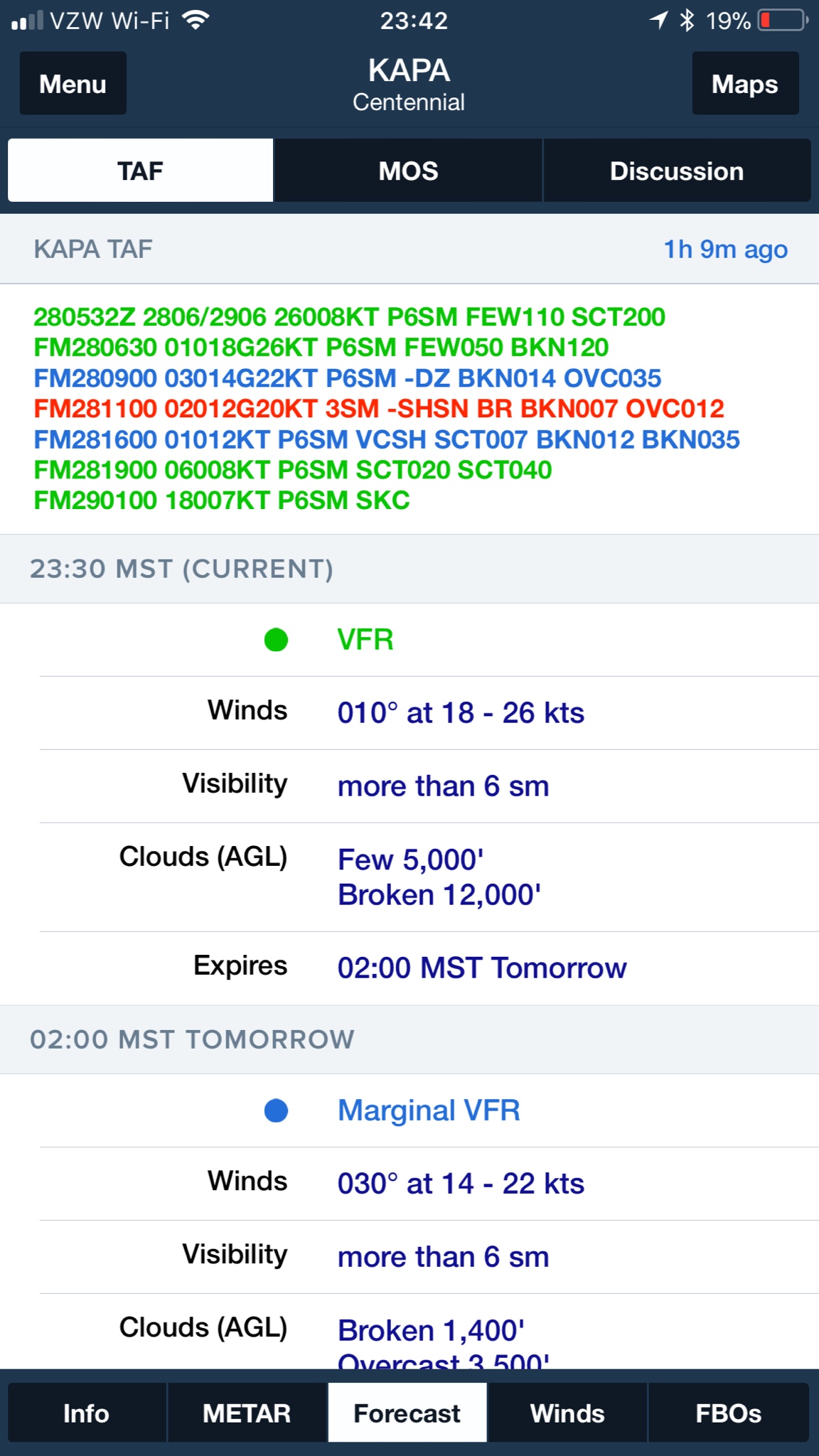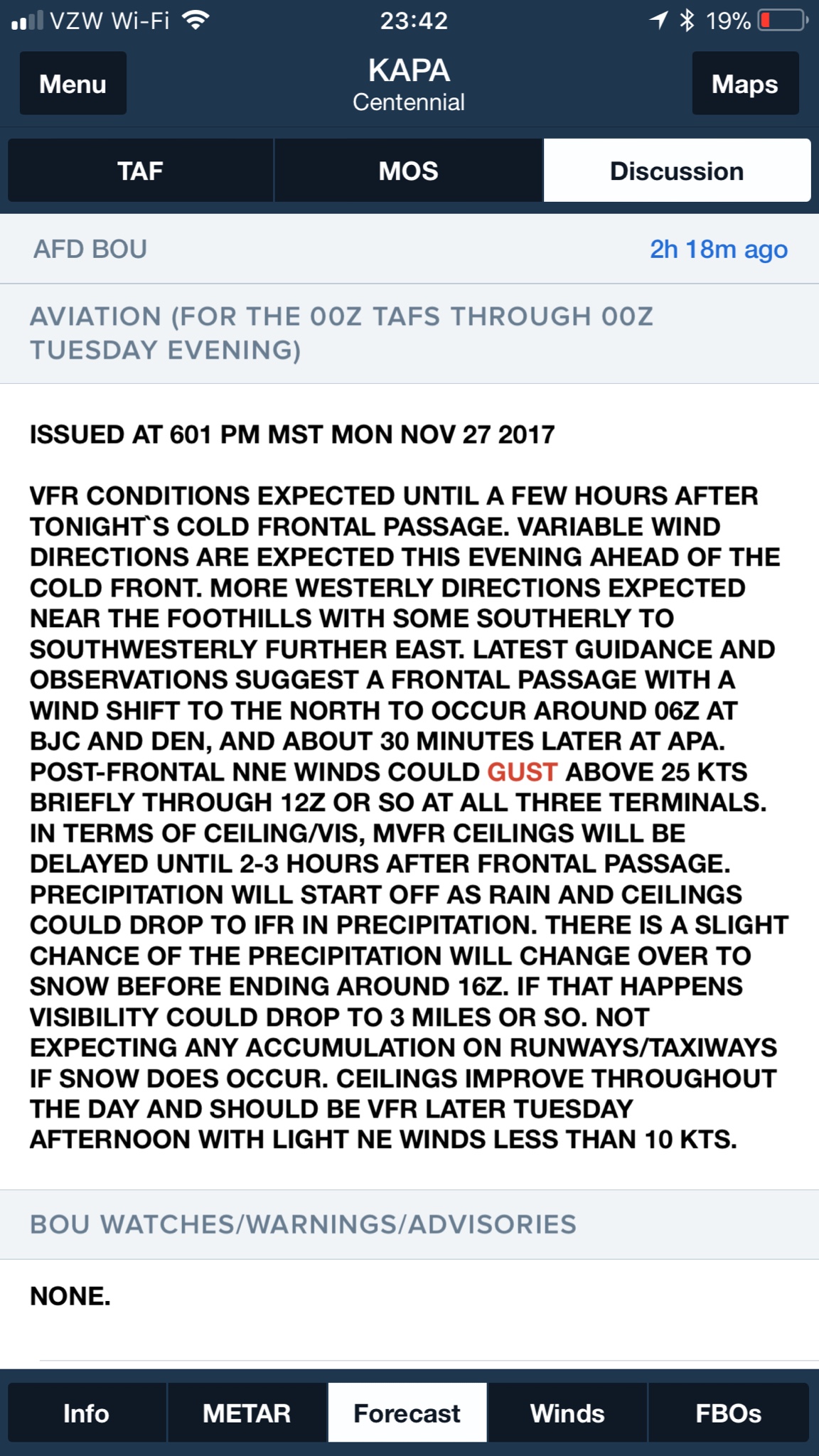Jon Belanger
Filing Flight Plan
- Joined
- Nov 27, 2017
- Messages
- 21
- Display Name
Display name:
Jon Belanger
Thanks to my ever vigilant flight instructor this ended up being a no go but with a skin of the teeth taxi back to parking just before hitting the throttle for take off. I actually muttered the words "we don't have to go" just to take any pressure off my mind as I was crossing the hold line.
The situation was basically a 9:15 AM during preflight winds were completely calm. This is normal for the mornings and has been an issue since I'm not getting as much xwind training as I would like. I'm actually delaying my solo because of it.
We jumped in and started taxiing by 9:30 AM. Winds looked marginal for the xwind component of the 172 but good for training. By 9:45 AM after we completed the run up, the three or four flags we can see were standing completely out and even a little up. The wind sock looked like 8-10 knots with gusts that brought the sock out completely, but only momentary. Entirely cross to the 25/7 runway, too.
So within 30 minutes we went from completely calm to no-go cross component!
I had some time before my preflight so I got the phone with the briefer. We have been venturing to other fields so I had the briefer consider a 30 mile radius around the field. A few low altitude icing pireps about 50 miles north, and general mountain obscuration sigmets in various areas. There was a note for high winds with 25 mph gusts, but later in the day, closer to noon. I think this is the key part my rookie brain failed to decode, but the briefer didn't raise any alarm bells for my stated 1 hour of flight time from 9:30 AM EST.
So my question is - how could I have predicted the high winds at that precise time? What didn't I see. If we had taken off 15 minutes earlier we would have struggled to get it back on ground and with the ceilings dropping we could not have gotten out of the valley. Scary stuff.
The situation was basically a 9:15 AM during preflight winds were completely calm. This is normal for the mornings and has been an issue since I'm not getting as much xwind training as I would like. I'm actually delaying my solo because of it.
We jumped in and started taxiing by 9:30 AM. Winds looked marginal for the xwind component of the 172 but good for training. By 9:45 AM after we completed the run up, the three or four flags we can see were standing completely out and even a little up. The wind sock looked like 8-10 knots with gusts that brought the sock out completely, but only momentary. Entirely cross to the 25/7 runway, too.
So within 30 minutes we went from completely calm to no-go cross component!
I had some time before my preflight so I got the phone with the briefer. We have been venturing to other fields so I had the briefer consider a 30 mile radius around the field. A few low altitude icing pireps about 50 miles north, and general mountain obscuration sigmets in various areas. There was a note for high winds with 25 mph gusts, but later in the day, closer to noon. I think this is the key part my rookie brain failed to decode, but the briefer didn't raise any alarm bells for my stated 1 hour of flight time from 9:30 AM EST.
So my question is - how could I have predicted the high winds at that precise time? What didn't I see. If we had taken off 15 minutes earlier we would have struggled to get it back on ground and with the ceilings dropping we could not have gotten out of the valley. Scary stuff.
Last edited:





